NEWSLETTER SPRING 2014
A READING ROOM FOR NUTHALL’S WORKING MEN
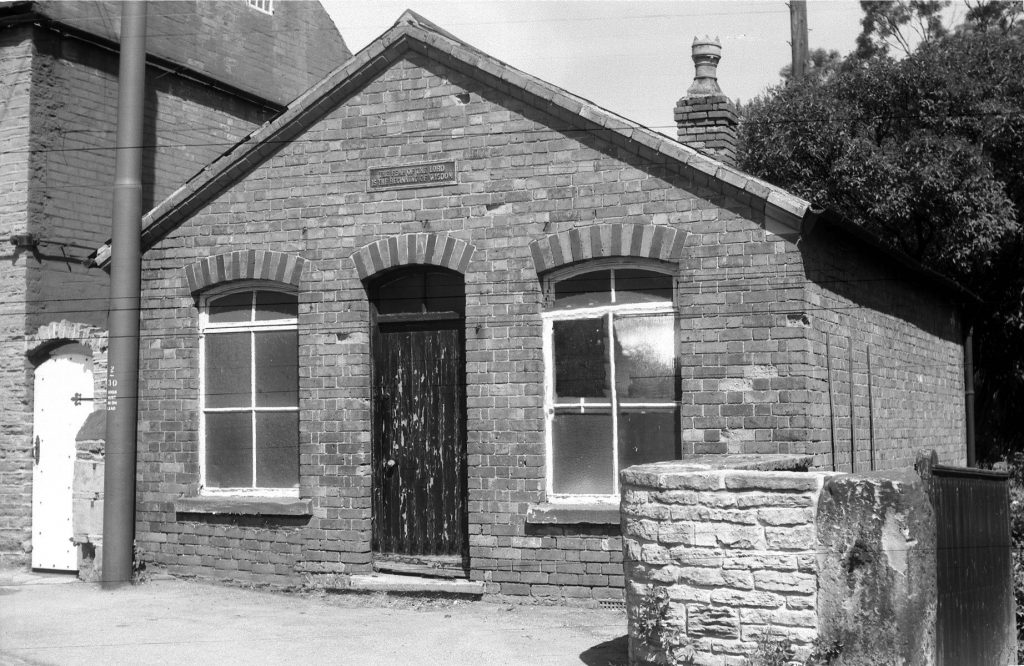
A newspaper cutting from January 1877 provides us with important information about the Nuthall Reading Room, now occupied by a battery business in the centre of the old village. The building was opened on New Year’s Day and “seems to be much appreciated by those for whose benefit it has been provided.”
The article describes the opening event as of “such social enjoyment it will not be forgotten by the fortunate inhabitants of the little village.” A substantial tea was served to about 50 members, and the room was prettily decorated with illustrated texts, evergreens and mottoes.
It seems that some of Nuthall’s working men desired a place for recreation and improvement after their day’s labours. They submitted their request to the Squire, the Revd Atkinson Alexander Holden, who “immediately displayed his never-failing sympathy to promote the welfare of those around him” and offered at once to have the Reading Room built and to provide a library on certain simple conditions. Furniture was presented by Mrs Atkinson Holden, of Nuttall House.
The article adds: “So heartily was the Squire’s generosity accepted that the building was commenced and finished before the close of the year.”
HOW SHADRACH’S PICTURE CAME TO LIGHT
In Victorian times, one of Nuthall’s prominent personalities was the postmaster, Shadrach Starr, who was also parish clerk, an important role at St Patrick’s Church. We had some information about him, but sadly no photograph. However, following the publication of the History Society’s illustrated book, a descendant from Somerset made contact and sent (by post) the pictures which accompany these notes.
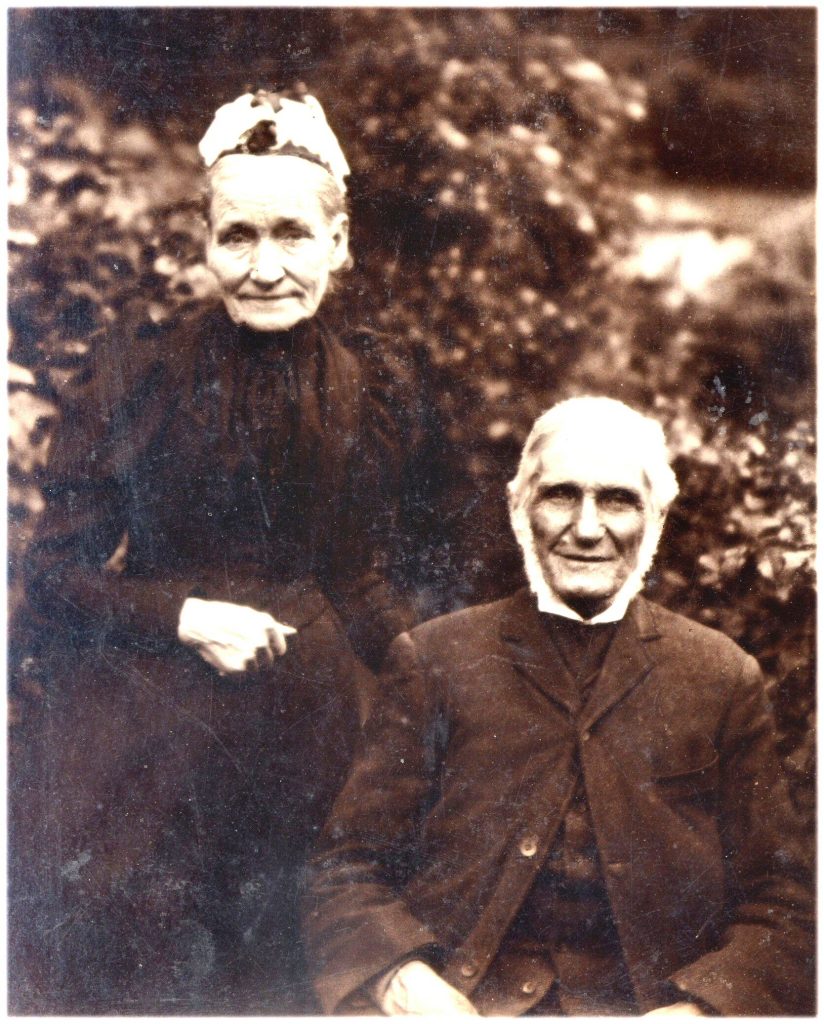
Shadrach is seen with his wife, Ann, in 1897 and the picture gives us some idea why he was described in the parish magazine as a “kindly, picturesque and godly man . . . we will never see his like again.”
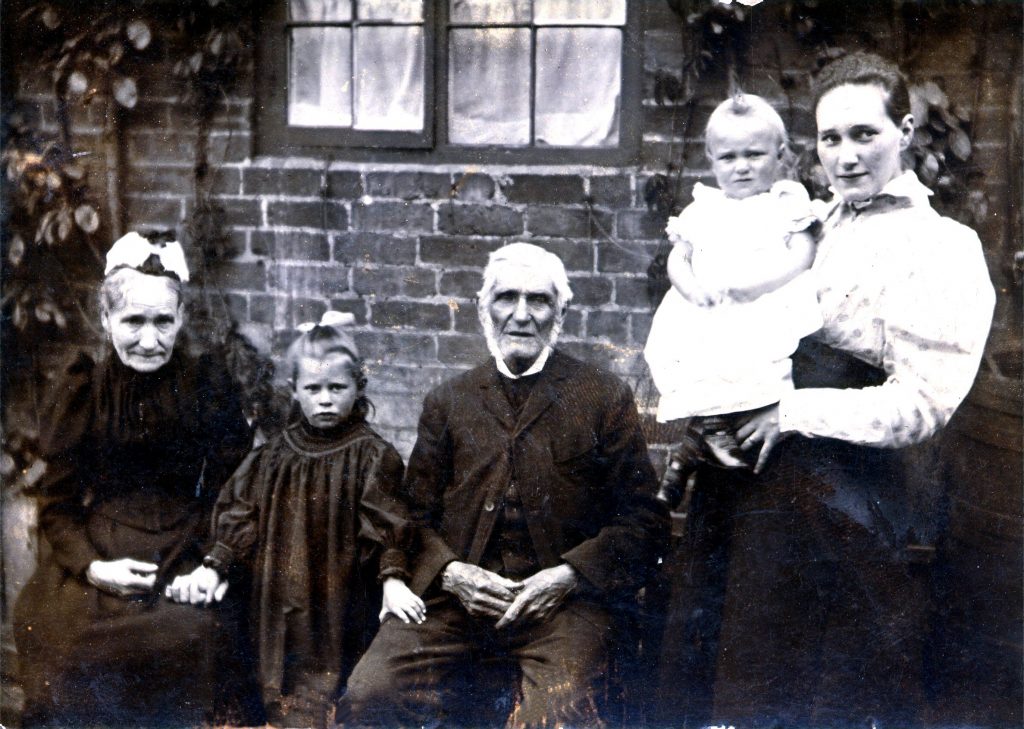
The second photograph shows Mr and Mrs Starr with their daughter, Matilda Ann, who married John Booth, butler at Nuthall Temple. Matilda is holding their son, Jack, and the little girl with Mrs Starr is Elsie Annie, mother of the lady who supplied the pictures.
John Booth was butler at Nuthall Temple (the manor house) at the time of his marriage. He stayed at the Temple for some years and then ran a milk business at Bulwell. He was clearly versatile because he later had a smallholding at Beeston.
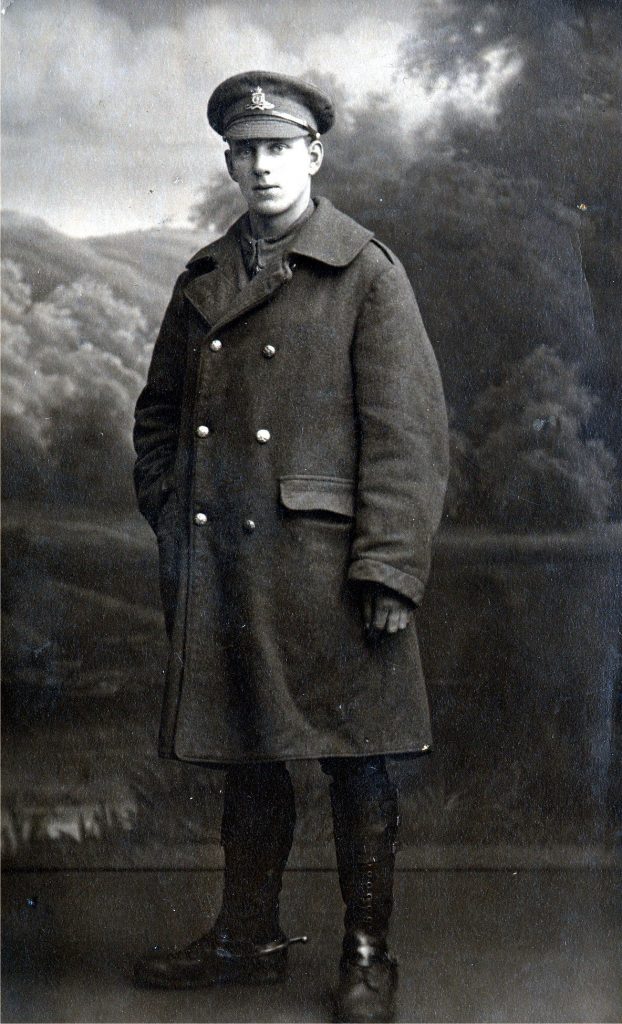
Gunner John Ernest (Jack) Booth (the baby in the family picture) is shown in his First World War uniform. Even all these years later, we can sense that Jack was the apple of Shadrach’s eye. There are stories of Shadrach taking the boy into church every day during school holidays to read lessons aloud from the lectern. Sadly Jack, who served in the Royal Field Artillery, was killed in the war aged 20.
Nuthall lost ten men during the terrible conflict and Cyril John Beardsmore was the first. Indeed he died in Army barracks before he even collected his uniform. Aged 22, he contracted pneumonia after being quartered in tents for three weeks in the bitter cold. The parish magazine reported that his death cast a gloom over the village. It added: “Cyril caught a chill, which rapidly developed into dangerous symptoms, and the end came with terrible swiftness.”
Cyril was born in Nuthall and sang in the choir for a number of years. He was buried in the churchyard and a large congregation turned out to show sympathy and respect.
ANGRY CHURCH SQUABBLES FROM YEARS AGO
Research into old reports (called presentments) written by priests and church-wardens reveals some interesting surprises, not least in human relationships.
Nuthall in 1700 was only a small community, but there was no shortage of acrimony, especially at the church, with the Rector, Joshua Sagar, apparently “laying violent hands upon the clerk.” A month later, the Rector reported Simon Redgate for “pretending to be the parish clerk” and keeping the keys. According to the Rector, the church was “ruinous” and the unrepaired churchyard fence was now so low that sheep were getting in.
Moving on to the year 1718, the Rector was annoyed with his warden for not whitewashing the church or repairing the churchyard walls. He was going to whitewash the chancel himself, but was delayed by the fitting of a wall memorial. More trouble followed in 1719 when the Rector complained that the churchwarden (Luke Jackson) failed to consult him about providing bread and wine, and snatched up money without it being counted.
The Rector and his “clerk” were still at loggerheads the following year, with the Rector claiming Mr Redgate carried himself irreverently by laughing and disturbing church services.
The Rector claimed: “He does not go into the alehouse but, by his neglect, persons sit there during divine service until they be drunk. He hath also made a box for the utensils and keeps the key to himself. He hath defamed and disparaged me and called me most vilely in the churchyard.”
We tend to believe that village life years ago was gentle and largely undisturbed, but the more documents we discover the more interesting it becomes!
TRAGEDY OF HORSE-RIDING RECTOR
In times past, a Nuthall Rector died after falling from his horse. The Revd Thomas Nixon, who was in his 60s, was also Vicar of Hucknall and Rector of Old Dalby, Leicestershire. According to a newspaper account of July, 1786, his death followed a fall as he was passing a water corn mill at Basford. His horse, taking fright at the noise of one of the wheels, unfortunately threw him.
There are memorial tablets in St Patrick’s Church to Thomas and Charles Nixon, and the vault in which Charles is buried (near the Cokefield effigy) is beneath a slab inscribed CN 1837.
Charles Nixon, one of the sons of Thomas, followed his father into the priesthood and in 1790 became Nuthall’s Rector. It was in his additional capacity as Vicar of Hucknall that he conducted a funeral service for Lord Byron, which attracted a large crowd.
SINGING THE PRAISES OF A SUMMER OUTING
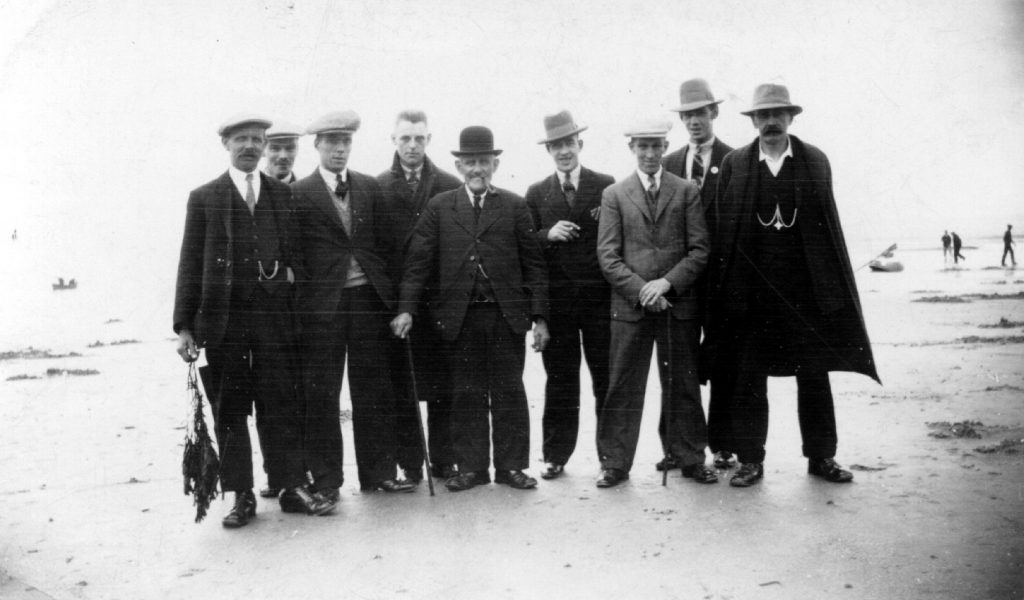
This picture of senior members of the church choir on a day trip to the sea – a popular image from the past – was featured in our Nuthall film. Names of the men are known to us, including Ernest Wilcox (second left), who attended St Patrick’s throughout his life and was a bellringer for more than 60 years.
Another family member, Jack Wilcox, in his written recollections, referred to the choir outings with real affection. He wrote: “Our annual holiday consisted of an excursion with the choir – provided you had attended sufficiently. How exciting it all seemed, with little sleep the night before, a walk to Kimberley station, then the thrill of the railway train and Skegness with all its delights. At the end, there would be the walk back from the station at night, often in the rain, and that would be our holiday over until the next year.”
